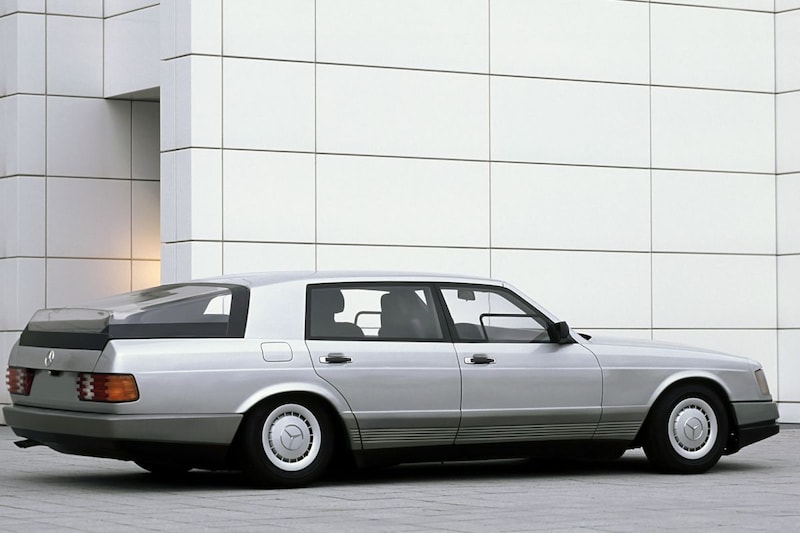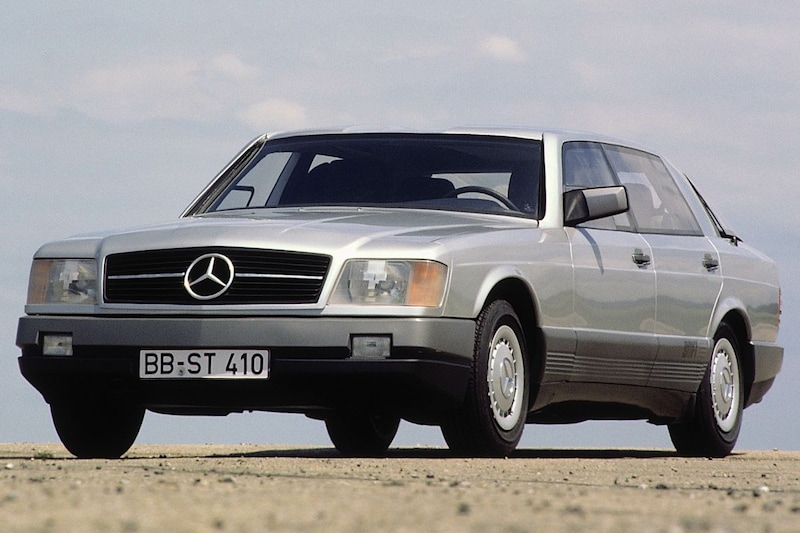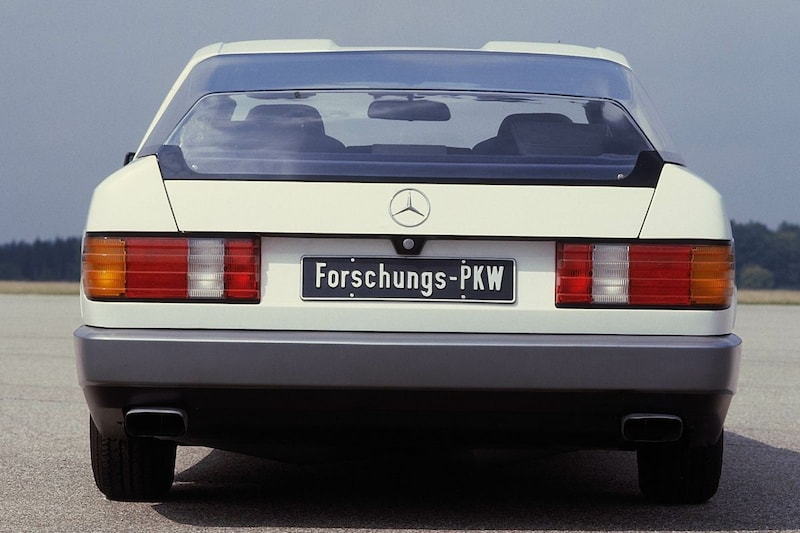Based on W126 S-class Auto 2000


“Design the car for the year 2000.” The German Bundesministerium für Forschung und Technologie placed that order in 1978 with four major car manufacturers. One of these was Mercedes-Benz, which three years later came up with a car that would probably be called shooting brake in fashionable car terms.
The German ministry challenged the chosen brands (Audi, Volkswagen, BMW and Mercedes-Benz) to develop cars that would be more economical than the models that were in the showrooms at the time. The required specifications were quite strict: weight 1,250 to 1,700 kg, payload 400 kg, fuel consumption 9.5 l/100 km and space for four adults.
Mercedes-Benz plunged into the top segment
Within the set standards, Mercedes-Benz opted for a model that in 2000 had to represent the top segment of the market, traditionally the playing field of Das Haus. To put the challenge in perspective: a Mercedes-Benz 380 SE from 1981 already weighed 1,600 kilograms and burned 3 to 4 liters more petrol every 100 km than was allowed for the Auto 2000. We are talking about the then fresh W126, the S-class introduced in 1979.
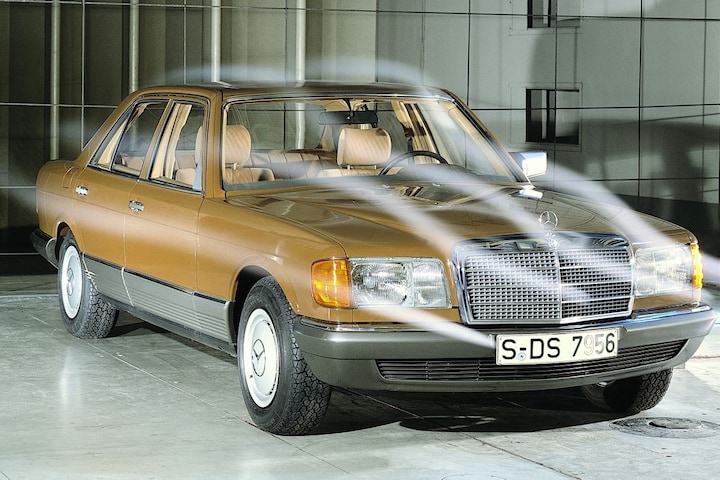
W126 S class was so good so great base Auto 2000
Not a car that could immediately be improved a lot. Not surprising, then, that the Auto 2000 was quite reminiscent of the W126. Only the rear immediately caught the eye. In a radical style break from the sedan, the designers had parked a strange, transparent hood on the rear deck. If you look through your eyelashes, you would call an S-class with such lines a shooting brake. The shape, however, was purely functional: it gave the Auto 2000 a so-called ‘Kamm-tail’, which stands for a suddenly dead straight cut tailpiece. It is a shape that provides good aerodynamic properties and therefore characterizes the current Toyota Prius, for example. The drag coefficient of 0.28 was unprecedentedly low in 1981 and still is.
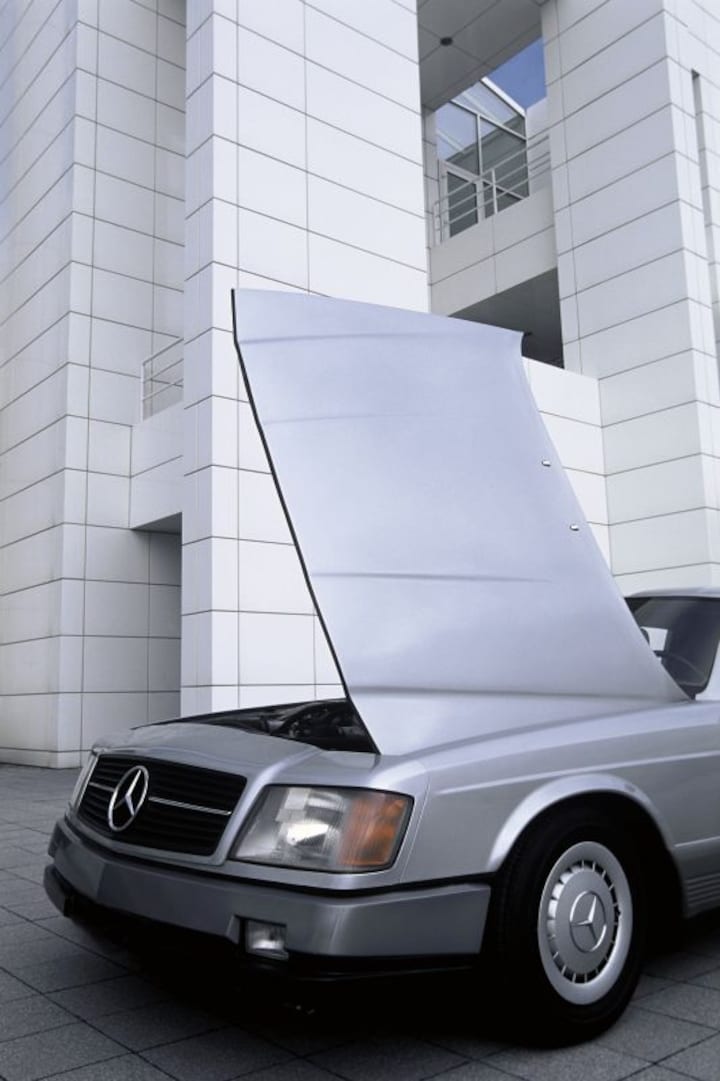
V8 with cylinder deactivation
Mercedes-Benz used the Auto 2000 to test three drive concepts. The first was the 380 SE’s V8 petrol engine, fitted with cylinder deactivation. If possible, the V8 ran on four cylinders, something that is not very special anymore. Engine number two was a bear of a diesel: a 3.3-liter six-cylinder bi-turbo, for which a consumption of 7.5 l / 100 km at 120 km / h was reported. It was a good start to the development of today’s very fast diesels. Engine three was the most spectacular: a gas turbine. The concept, which Jaguar used in 2010 for the C-X75, is still not viable. Not even the pioneering work of the mighty Mercedes-Benz, supported by the German Ministry, has been able to change that.
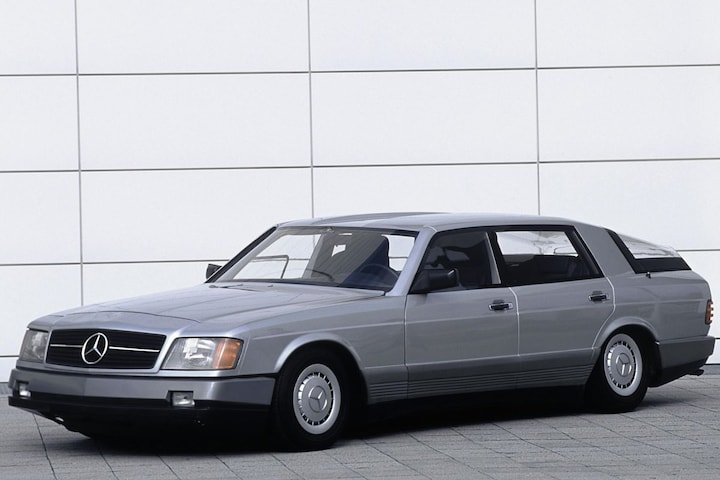
.
– Thanks for information from Autoweek.nl
